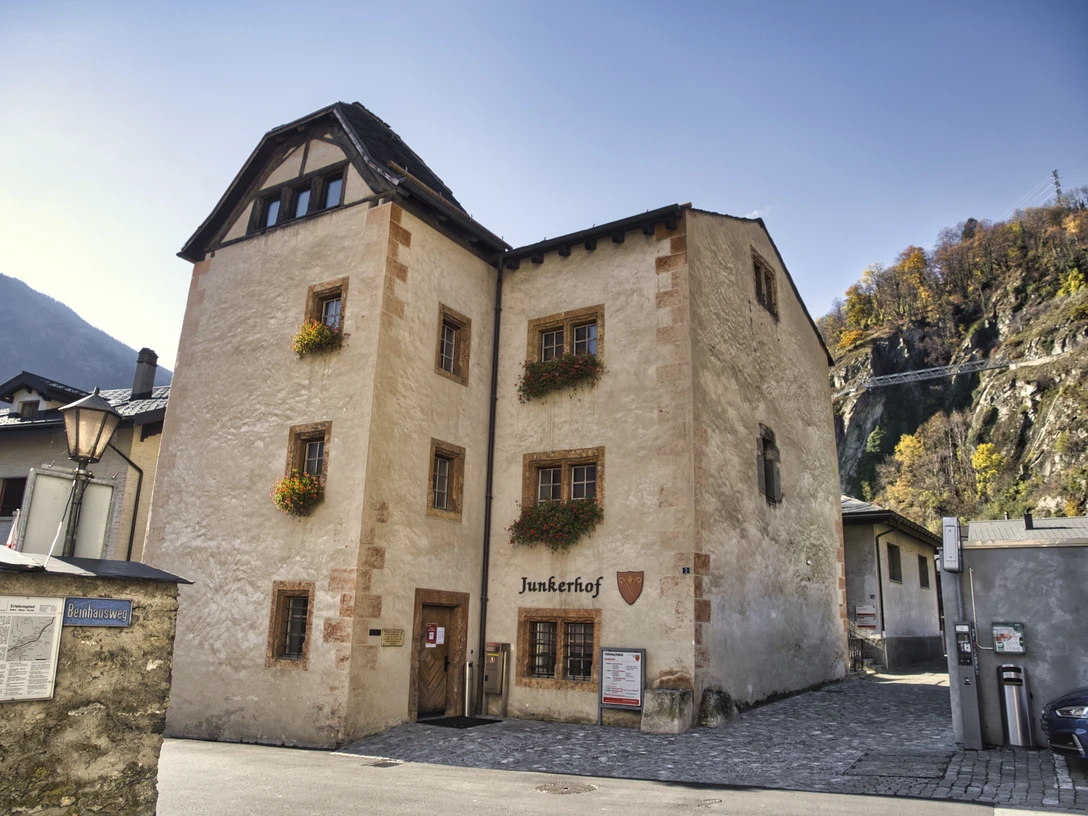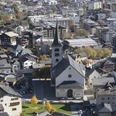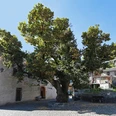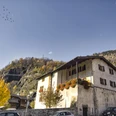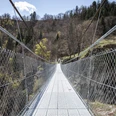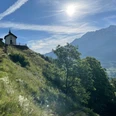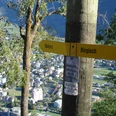- Photos & Map
How would you like to arrive?
- Description
- Good to know
- Nearby
The Junkerhof originated from a late medieval "fixed house" from the 14th / 15th century. Where the name comes from is still not clear today. The house got its current form in the 17th century, when the building was extended to the south with a stone "Nahüs" (back house) and the stair tower.
In 1675, the formerly wooden chamber axis in the west was replaced by stone and the wooden work was clad in walls. Nevertheless, the original wooden construction can still be seen in the building.
In 1973, the municipality of Naters acquired the entire building. The Junkerhaus achieved national importance in the European Year for the Preservation of Monuments and Cultural Heritage in 1975 and received federal and cantonal subsidies for its restoration in 1975 / 1976. The municipal administration moved into the building in the same year.
In 1675, the formerly wooden chamber axis in the west was replaced by stone and the wooden work was clad in walls. Nevertheless, the original wooden construction can still be seen in the building.
In 1973, the municipality of Naters acquired the entire building. The Junkerhaus achieved national importance in the European Year for the Preservation of Monuments and Cultural Heritage in 1975 and received federal and cantonal subsidies for its restoration in 1975 / 1976. The municipal administration moved into the building in the same year.
Good to know
Openings
Dayoff: Saturday, Closed all holidays
Payment methods
Entrance Free
License (master data)
Blatten-Belalp Tourismus AG
Nearby
